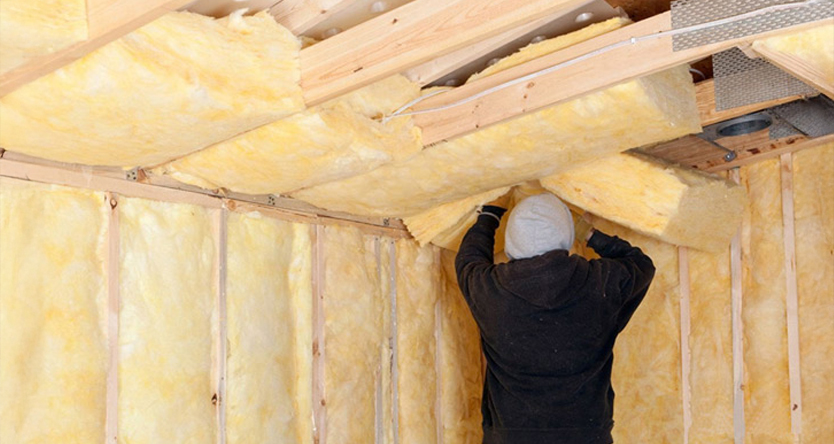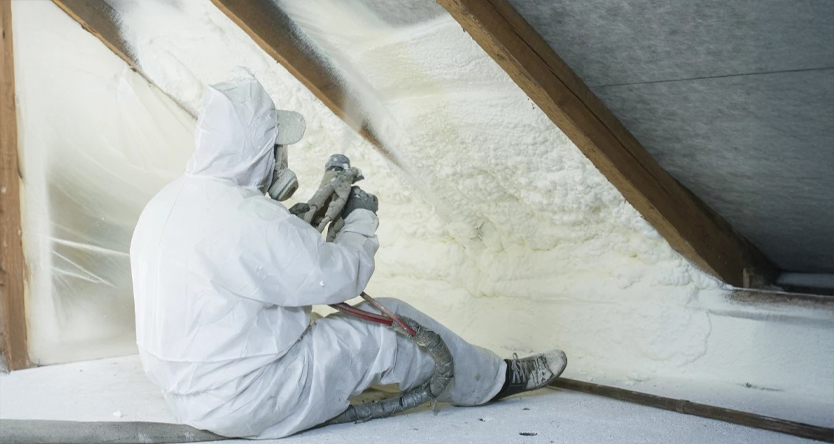Ever looked up at your dusty attic and thought, “This space could be so much more”? You’re not alone. In Australia, many homeowners are waking up to the hidden potential right above their heads.
Your attic doesn’t have to be just a stuffy storage spot—it could become a bright new office, a chill-out zone, or even a cozy guest room.
But here’s the catch: none of that is possible without proper attic insulation. Yup, it all starts with keeping the place warm in winter and cool in summer.
Maximise comfort and save energy by turning your attic into a living space with smart home insulation tips.
Let’s dive into how you can turn your attic into a top-notch living space while boosting your home’s energy efficiency and overall vibe.
1. Why Start With Attic Insulation?
Comfort First
Before any paint or furniture goes up there, your attic needs to feel like an actual room. That’s where proper attic insulation comes into play. It keeps the space from becoming a sweatbox in January or an ice block in July.
Cut Down on Energy Bills
If you’re insulating your attic for energy efficiency, you’ll be amazed at how much more stable the temperature becomes throughout the whole house. It means less work for your heater and air-con—and that means savings.
Add Value to Your Home
An attic with insulation that’s well done doesn’t just improve comfort—it boosts your property value. A converted attic is like adding another room, minus the hassle of a full extension.
2. Check Your Existing Insulation
Is It Up to Code?
First things first, check if your current insulation meets today’s energy standards. Many older Aussie homes have outdated or poor-quality insulation that’s not doing its job.
Look for Gaps and Damage
Crumbling, damp, or compressed insulation won’t do you any favours. You might need to call in Insulation Installers in Melbourne for a professional assessment.
Choose the Right Materials
If you’re going for value insulation attic setups, look into modern options like polyester batts or environmentally friendly-wool. They work great and are better for your health too.
3. Planning The Layout: Treat It Like A Room
Consider Headroom
Many Aussie attics are built with low ceilings. You’ll need at least 2.2 metres of height in most areas to make it legally liveable.
Add Skylights or Dormer Windows
Natural light changes everything. Skylights not only make the room feel bigger but also reduce the need for artificial lighting during the day.
Work Around the Roof Structure
Trusses and beams may limit where you can stand or place furniture. Build around them creatively—use lower corners for storage or a cozy reading nook.
4. Focus On Climate Control
Don’t Forget Ventilation
Insulation is half the battle. The other half? Making sure air can flow. Install roof vents or fans to stop condensation and keep the space fresh.
Heating and Cooling Options
Depending on your budget, split-system air conditioners or ceiling fans are popular choices in Aussie homes. They keep things breezy without blowing your power bill.
Seal Every Nook
Use proper seals around windows, doors, and even light fixtures to avoid drafts. A well-sealed attic with insulation will hold in the air you want and keep out what you don’t.
5. Flooring That Works Up Top
Add Insulation Below the Floorboards
This keeps the downstairs ceiling from leaking heat or sound. It’s also vital if the attic will become a bedroom or office.
Go for Lightweight Materials
You don’t want to add unnecessary stress to the structure. Laminate or engineered wood floors are ideal—sturdy, good-looking, and light.
6. Make It A Space You’ll Use
Define Its Purpose
Will it be a studio? A spare room? A teen’s hideout? Define this early on so you can plan electricity, lighting, and layout accordingly.
Smart Storage is Key
Attics are often oddly shaped, so use clever built-in storage to maximise every bit of space.
Personal Touches
Throw in some rugs, photos, or plants to give it that lived-in feel. The more it feels like part of the home, the more you’ll want to use it.
7. Legal And Safety Considerations
Council Approvals
Depending on your suburb, you may need permits before converting your attic. It’s worth double-checking with your local council before you start.
Structural Checks
Make sure your floor joists can handle the extra weight. A builder or engineer can confirm if reinforcements are needed.
Fire Safety
Install smoke alarms and make sure there’s a safe exit route. These are not just good ideas—they’re musts.
Conclusion
Turning your dusty top floor into something beautiful is one of the smartest things you can do as a homeowner.
With proper attic insulation, clever design choices, and a bit of elbow grease (or a good tradie), you can create a space that’s comfy year-round, saves you money, and adds value to your home.
And it doesn’t have to be overwhelming. Start with insulation—because once you’ve got that right, everything else falls into place
At AA Insulation, we know turning your attic into a cosy living space is a smart way to add value and comfort to your home.
But without proper insulation and energy-efficient choices, it can become more of a hassle than a haven.
That’s where we come in—helping you get the temperature just right while saving on energy bills.





